Yellow Potatoes
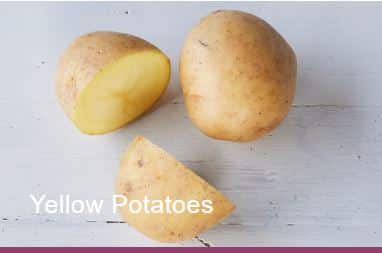 PRODUCT DESCRIPTION
PRODUCT DESCRIPTION
Yellow potatoes range from marble-sized to large and are round or oblong in shape. With a light tan to golden skin and yellow to golden flesh, these potatoes have a slightly waxy, velvety and moist texture. Yellow potatoes have a subtly sweet, rich and buttery flavor and a medium sugar content.
RECOMMENDED USES
Yellow potatoes have grown exceedingly popular with consumers and chefs thanks to their sumptuous, buttery flavor and creamy texture. Grilling gives them a crispy skin that enhances those qualities while also creating a slightly sweet, caramelized flavor. The creamy texture and golden color of yellow potatoes mean you can use less or no butter for lighter, nutritious dishes, and their naturally smooth texture lends itself well to lighter versions of baked, roasted or mashed potatoes. Simmer yellow potatoes until fully cooked, then drain, chill, and gently smash into flat disks. Brown these in oil or clarified butter and serve as a side or appetizer topped with sour cream and chives or other garnishes.

 PRODUCT DESCRIPTION
PRODUCT DESCRIPTION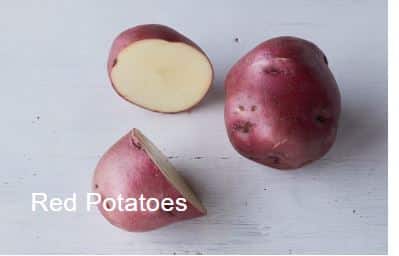 PRODUCT DESCRIPTION
PRODUCT DESCRIPTION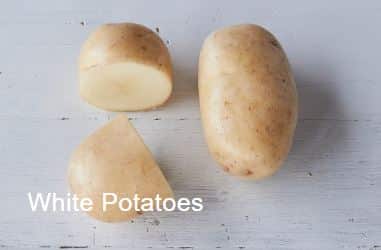 PRODUCT DESCRIPTION
PRODUCT DESCRIPTION PRODUCT DESCRIPTION
PRODUCT DESCRIPTION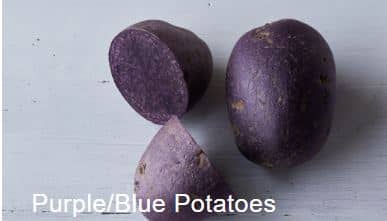 PRODUCT DESCRIPTION
PRODUCT DESCRIPTION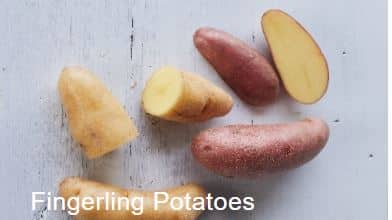 PRODUCT DESCRIPTION
PRODUCT DESCRIPTION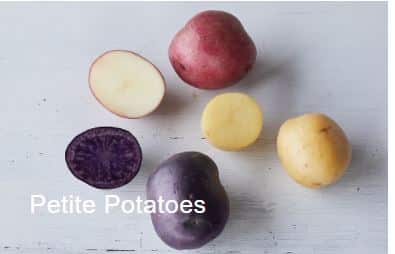 PRODUCT DESCRIPTION
PRODUCT DESCRIPTION